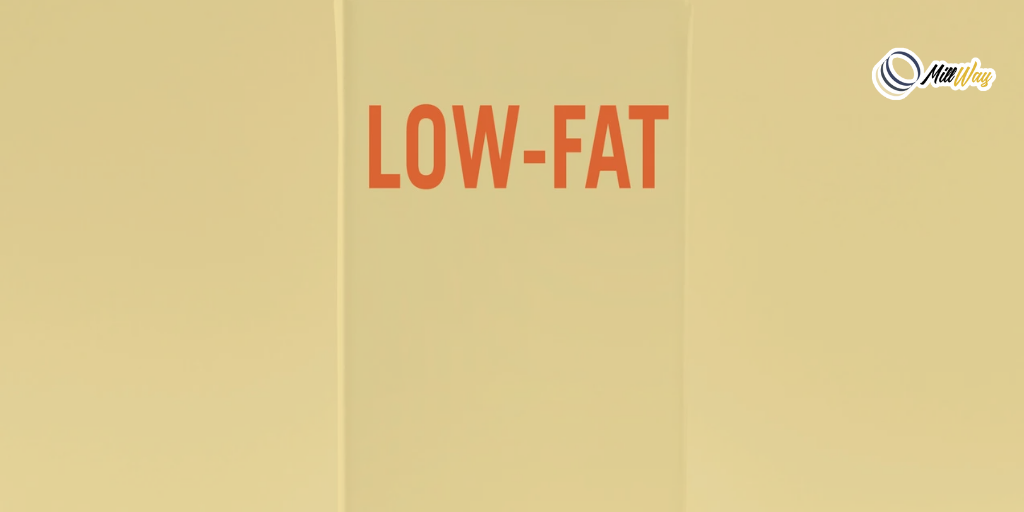
Snacks labeled “low fat” are often chosen by people who are dieting or trying to live healthily. Unfortunately, many don’t realize that behind the label lies a sugar trap. What starts as a healthy intention can turn into a new problem.
Food manufacturers are clever with words. When fat is reduced, the product usually tastes bland. To compensate, they add sugar or artificial sweeteners to keep the flavor appealing. So even if it’s “low fat,” the sugar content can skyrocket.
Consumers who only read the front-of-package claims can be fooled. What really matters is the nutrition facts panel on the back. That’s where you can see the sugar, calorie count, and ingredients more honestly.
Quick Fact: A study by the American Heart Association found that excessive sugar intake increases the risk of heart disease by up to 30%.
Snacks with hidden sugars have long-term effects that shouldn’t be underestimated. At first, it might just mean getting hungry faster, energy spikes and crashes, or difficulty losing weight. But if it becomes a habit, the risks are more serious:
The solution isn’t to avoid snacks altogether, but to choose more wisely. Get used to reading nutrition labels, not just the marketing claims on the front. Choose whole foods like fresh fruits, vegetables, nuts, or yogurt without added sugar.
Mindful eating also helps: ask yourself if you’re truly hungry, or just tempted by ads and the “low fat” label. With this awareness, you can make smarter choices in your daily snacking.
Healthy snacking isn’t about labels—it’s about balance and ingredient honesty. Don’t let marketing claims trick your decisions. Eat mindfully, not just by following trends.
